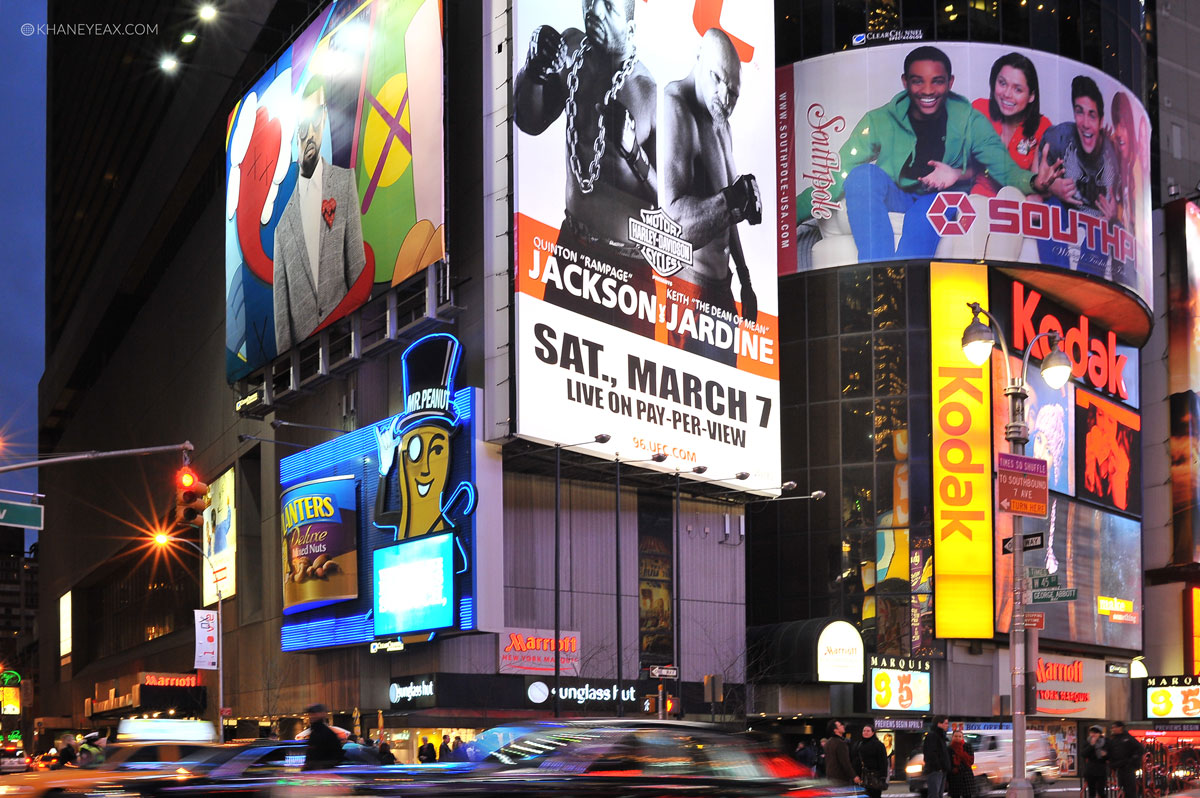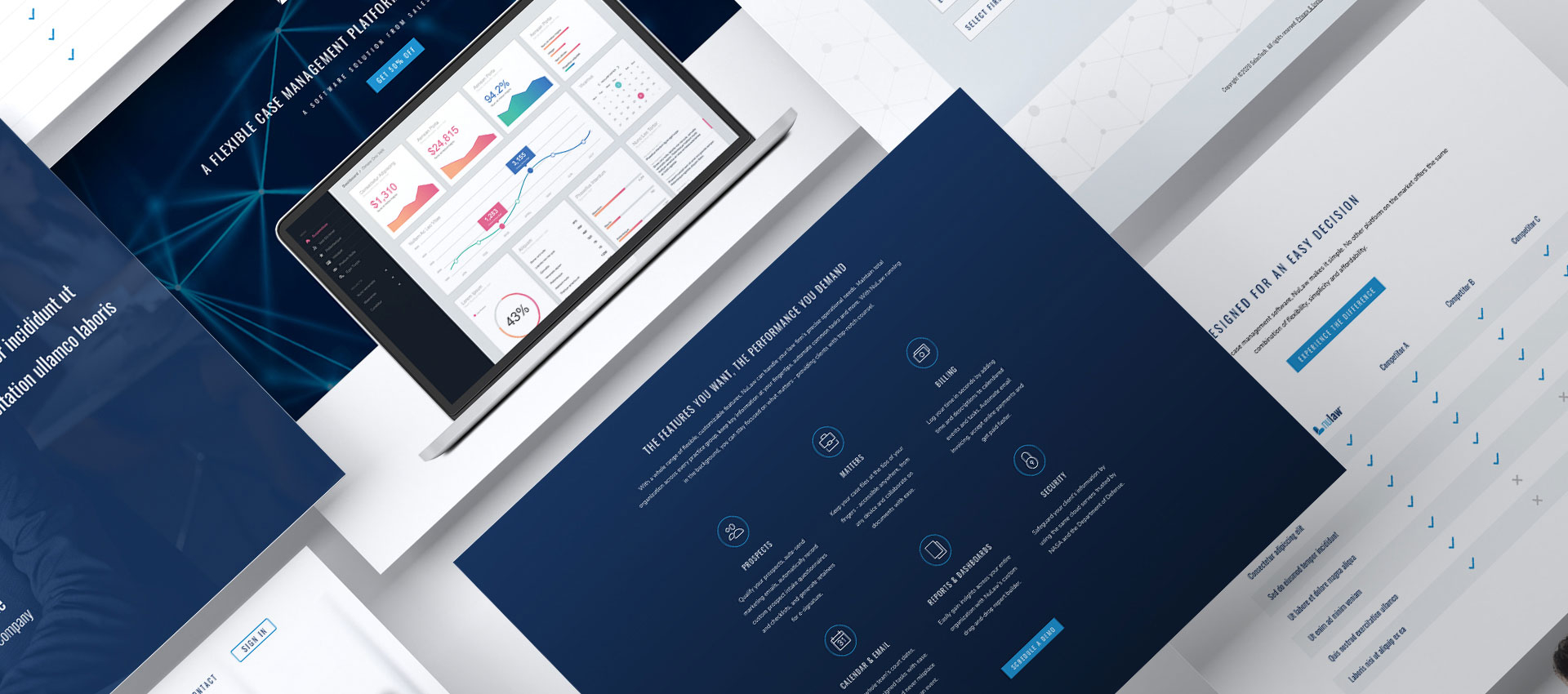In most businesses and most brands, good advertising is essential for marketing and selling products or services, and practically no advertising will generate very little business income.
The principled use of the new advertising guide attracts the audience to the product or service and generates revenue for the business or brand.
The principled use of the new advertising guide attracts the audience to the product or service and generates revenue for the business or brand.
What is advertising?
Advertising means creating a message to attract different groups to a product, service, place, etc. This message can be in the form of a video, a promotional image, a gift, or even a podcast.
Proper advertising is basically very effective and memorable and tries to attract the audience's attention and attention in different ways, so that sometimes by challenging the daily life of people in a society, it engages the audience for a long time.
It does not matter where the advertisement is on billboards in the city, behind the menu of a restaurant, on T-shirts or using mass media; It is important to be able to get your audience's attention by using the advertising guide correctly and in a principled way.
Proper advertising is basically very effective and memorable and tries to attract the audience's attention and attention in different ways, so that sometimes by challenging the daily life of people in a society, it engages the audience for a long time.
It does not matter where the advertisement is on billboards in the city, behind the menu of a restaurant, on T-shirts or using mass media; It is important to be able to get your audience's attention by using the advertising guide correctly and in a principled way.
Why do we use advertising?
- Inform the audience about our brand, service and product.
- With advertising, we can drive potential customers to our business.
- We can introduce new products to different markets and companies around the world.
- With good advertising, we can make the benefits of our products clear to everyone and distinguish them from other competitors' products.
And in order to be able to use the advertising guide properly, we must first know the difference between advertising and marketing.
Compare advertising and marketing
In fact, marketing is a big image that the company presents to show how projects are planned and customers are encouraged to buy. While advertising is the process of creating persuasive messages about the company's goals and features and benefits of its products, advertising can be considered a subset of marketing. That's the way to communicate with customers.
Marketing includes a large number of channels such as social media, email marketing, public relations, SEO and paid advertising, meaning that advertising is just one of the many components of marketing.
Although marketing consists of several sub-categories, but this is the advertising sector that can have a special process in creating and disseminating persuasive messages and can easily attract the attention of the target community, so the advertising guide is an important and principled part in any type of marketing. Both small and large.
Marketing includes a large number of channels such as social media, email marketing, public relations, SEO and paid advertising, meaning that advertising is just one of the many components of marketing.
Although marketing consists of several sub-categories, but this is the advertising sector that can have a special process in creating and disseminating persuasive messages and can easily attract the attention of the target community, so the advertising guide is an important and principled part in any type of marketing. Both small and large.

Advertising methods
After better understanding the relationship between marketing and advertising, we now want to know how we can present a good and effective advertising.
Print ads
Print ads refer to posters, postcards, bulletins, brochures, and other physical print ads. In this way, the desired advertisement can even be printed in magazines or newspapers.
You just have to be careful in this method to use attractive and principled design to attract the audience to the brand. Although this is a simple and traditional method, unfortunately, unlike advertisements in digital media, these advertisements can not be clearly followed and analyzed.
Catalog and brochure design, logo design, industrial photography, and textual content are the primary elements of advertising that must be put together properly.
For example, consider catalog design, without having a visual identity structure of the brand (definitions such as design structure (advertising, industrial, journal, etc.), portrait or landscape of the catalog, fonts, color guides, etc. ); Its design would not be principled. Another point is that the catalog ID under design is a logo that will be embossed on the cover! So the definitions and structure of the logo are also on the agenda.
You just have to be careful in this method to use attractive and principled design to attract the audience to the brand. Although this is a simple and traditional method, unfortunately, unlike advertisements in digital media, these advertisements can not be clearly followed and analyzed.
Catalog and brochure design, logo design, industrial photography, and textual content are the primary elements of advertising that must be put together properly.
For example, consider catalog design, without having a visual identity structure of the brand (definitions such as design structure (advertising, industrial, journal, etc.), portrait or landscape of the catalog, fonts, color guides, etc. ); Its design would not be principled. Another point is that the catalog ID under design is a logo that will be embossed on the cover! So the definitions and structure of the logo are also on the agenda.
Billboards and public transport advertising
You must have paid attention to the billboards installed in the city and on the roads. Billboard advertising includes print advertising on a much larger scale than posters and brochures, and due to their size, they are designed, installed and maintained at a higher cost than other print advertising.
Another difference between billboards and other print ads is how they are designed. In the design of brochures and posters, in addition to the multi-line image, the product is usually described, but billboards are usually designed without any words so that viewers have the opportunity to process the message when passing by the vehicle, so it usually has only one brand. Or a phone number.
Another difference between billboards and other print ads is how they are designed. In the design of brochures and posters, in addition to the multi-line image, the product is usually described, but billboards are usually designed without any words so that viewers have the opportunity to process the message when passing by the vehicle, so it usually has only one brand. Or a phone number.
TV commercials
TV commercials have a wide range and provide a multi-sensory advertising experience for the audience, capturing the audience's emotions is something that print ads and even many digital ads can not do.
Radio | Podcast Advertising
These advertisements are called audio messages, which are broadcast during the day on radio channels among music or other programs. Although radio advertising is a bit old and traditional, it still has not lost its effectiveness and is welcomed by many companies. Podcasting is one of the new methods of radio advertising that is more effective than radio advertising.
Digital or online advertising
In the age of technology, perhaps the most efficient and effective method of advertising is online, and by learning the guide to online advertising in less time than other methods, you can attract your desired audience.
Now the question arises that in what ways can we have digital advertising?
Today, about 4 billion people use the Internet and mass media, so if you do not know the ways and means of online advertising, you can not easily succeed in your marketing.
The ways of digital advertising are much more diverse and extensive than you can imagine, however in this article we will tell you some of these methods.
One of these ways is to use search engines like Yahoo, Google, Bing, Yandex and other search engines, each of which will display your ads for a different amount of money.
Another method is to use social media. Networks such as Facebook, Instagram, Twitter, LinkedIn, etc. are a very good place to advertise your products, brand or services. In these networks, you can find a lot of fans for your brand and attract your audience not only from one place or city but also from several different countries and easily reach the defined revenue generation.
Now the question arises that in what ways can we have digital advertising?
Today, about 4 billion people use the Internet and mass media, so if you do not know the ways and means of online advertising, you can not easily succeed in your marketing.
The ways of digital advertising are much more diverse and extensive than you can imagine, however in this article we will tell you some of these methods.
One of these ways is to use search engines like Yahoo, Google, Bing, Yandex and other search engines, each of which will display your ads for a different amount of money.
Another method is to use social media. Networks such as Facebook, Instagram, Twitter, LinkedIn, etc. are a very good place to advertise your products, brand or services. In these networks, you can find a lot of fans for your brand and attract your audience not only from one place or city but also from several different countries and easily reach the defined revenue generation.
Conclusion
As mentioned earlier, there are many different ways to advertise today.
Don't forget that if you want to grow your business and have a global brand, you need to know the basics of using an advertising guide and use effective methods to attract more people.
Don't forget that if you want to grow your business and have a global brand, you need to know the basics of using an advertising guide and use effective methods to attract more people.



